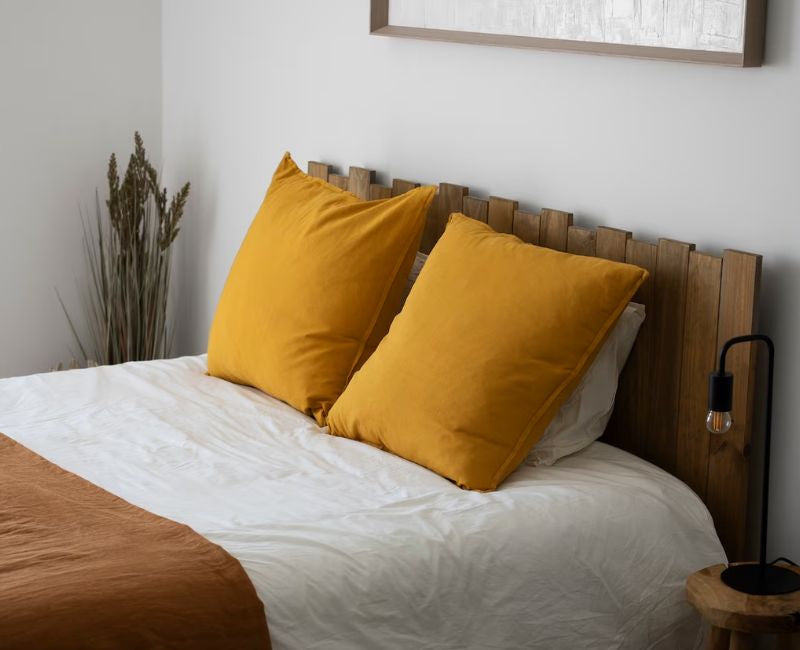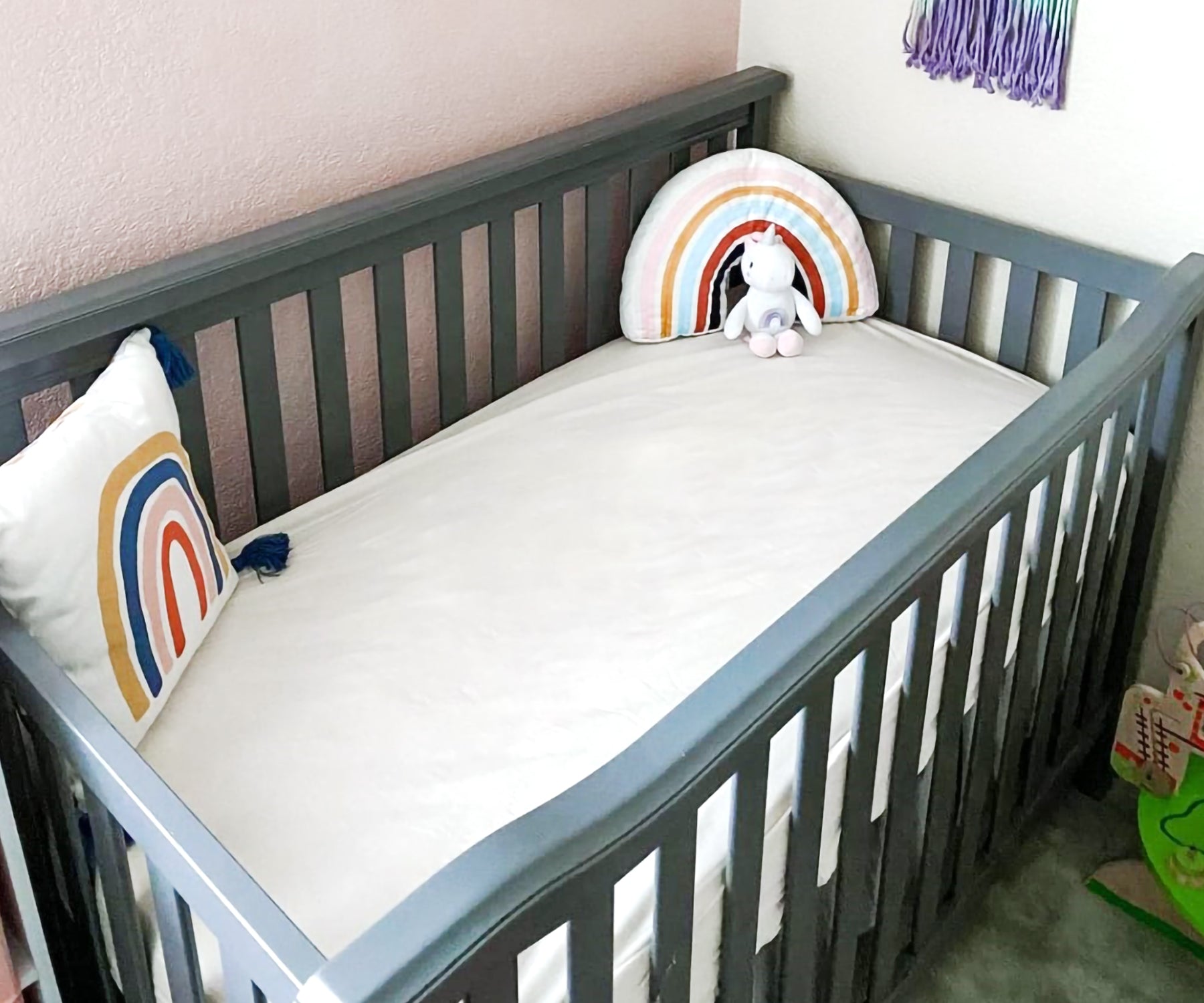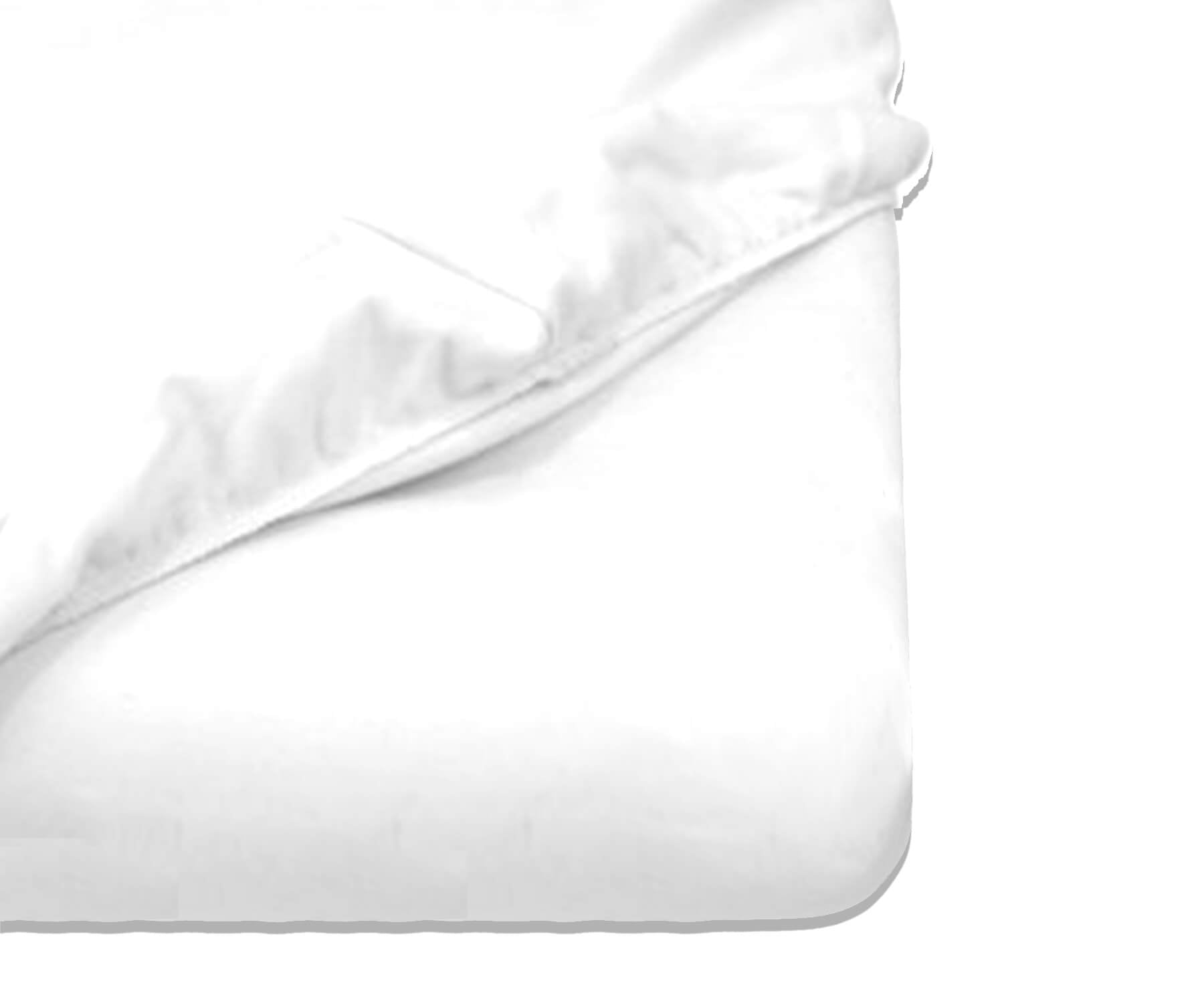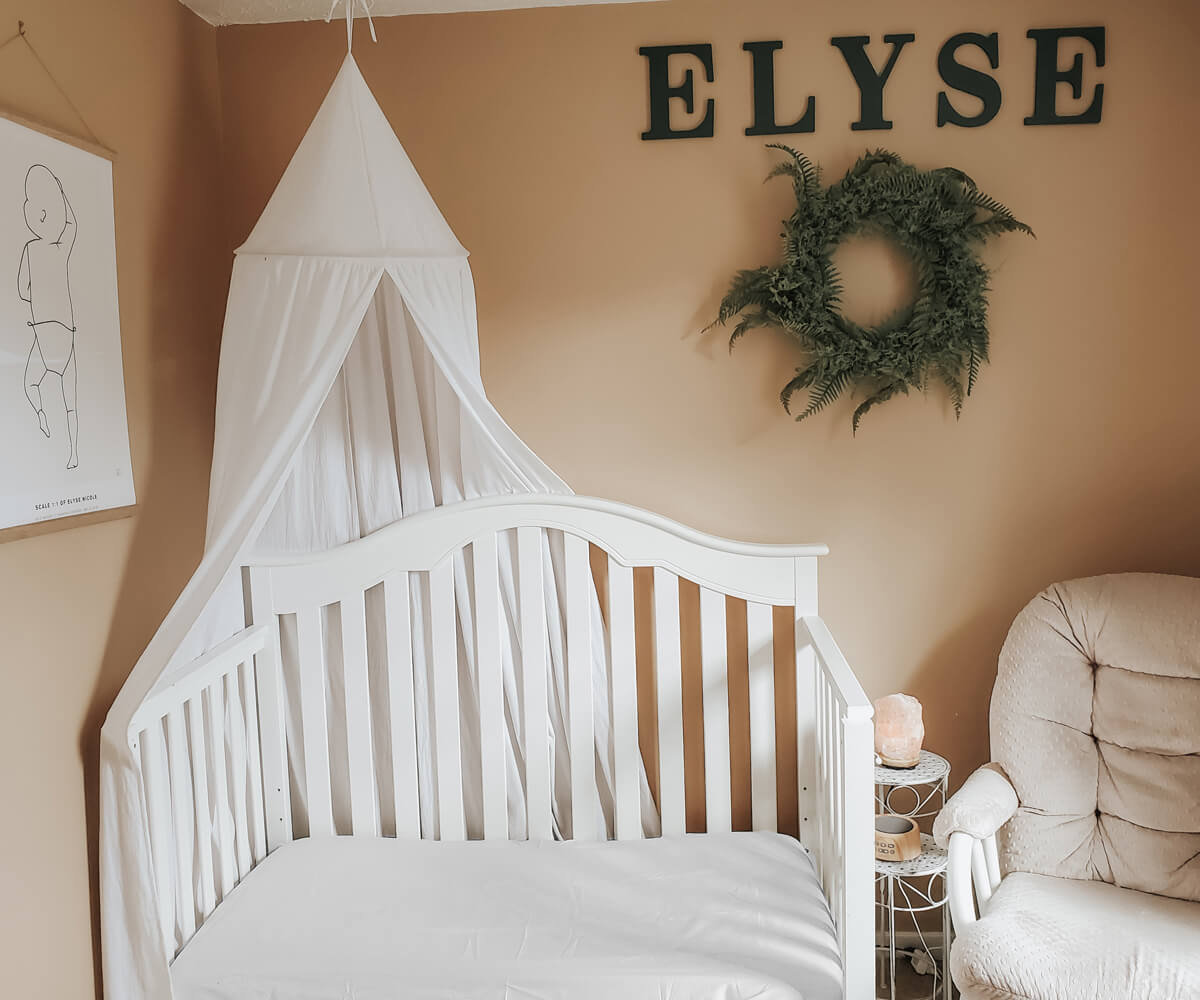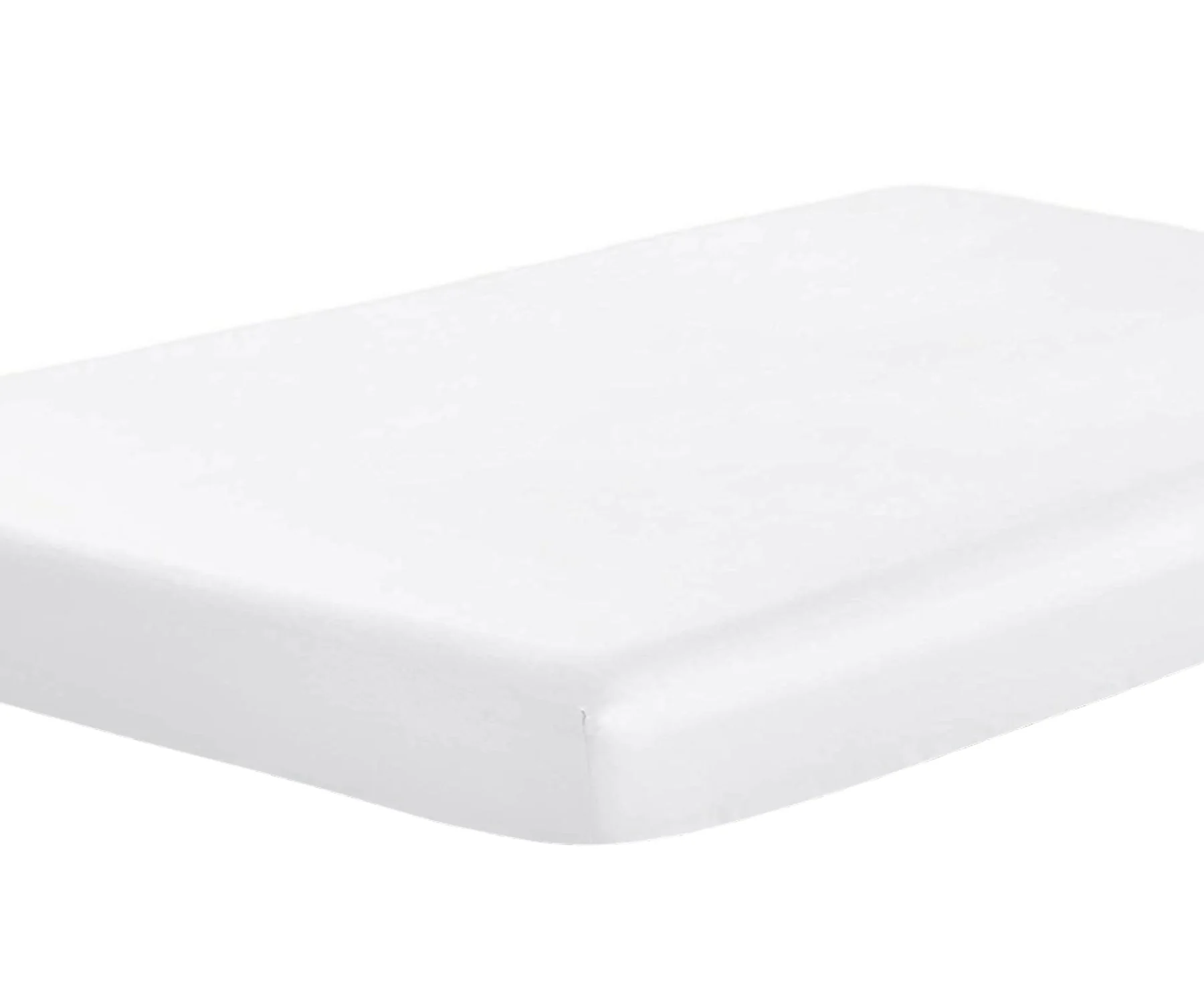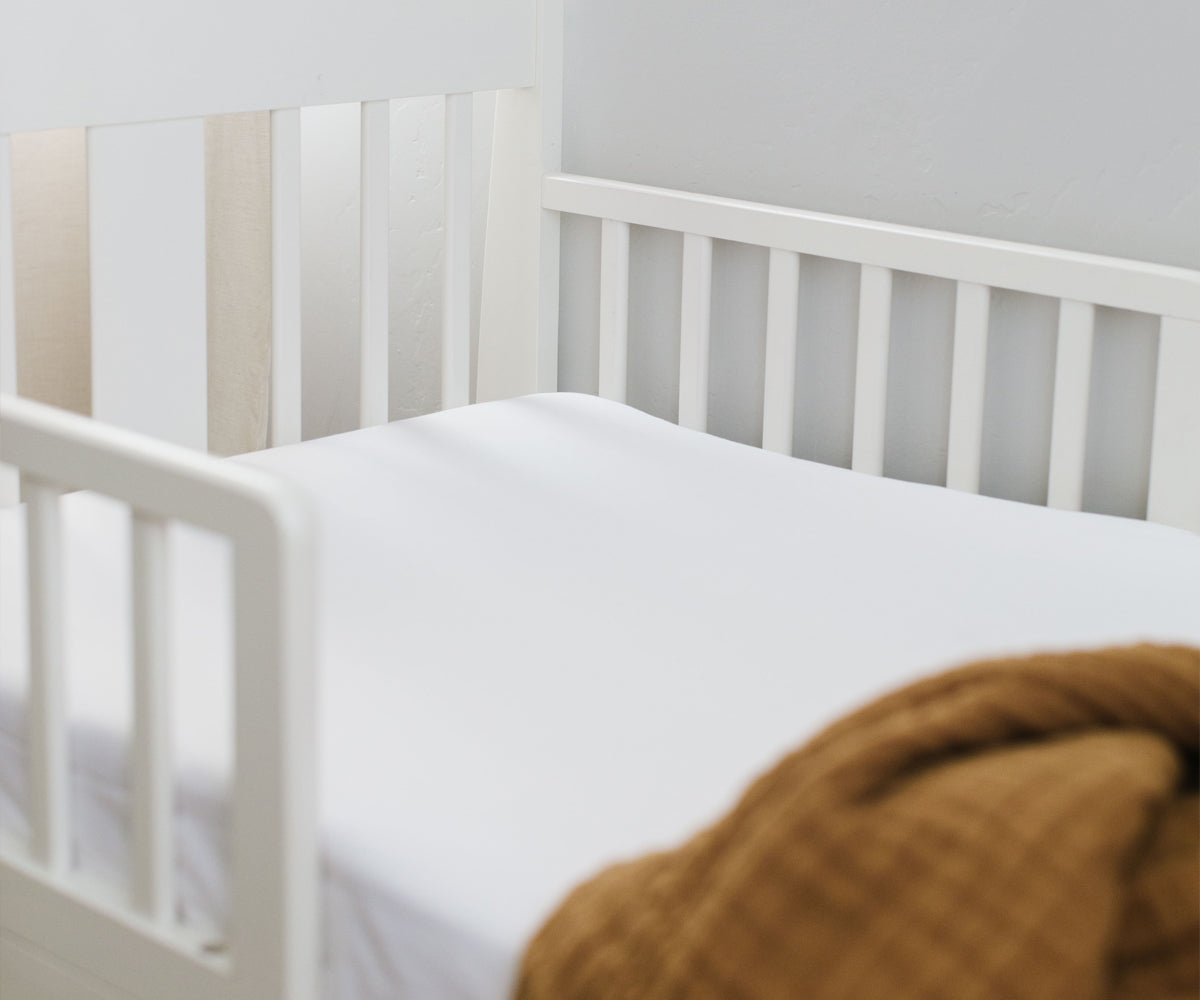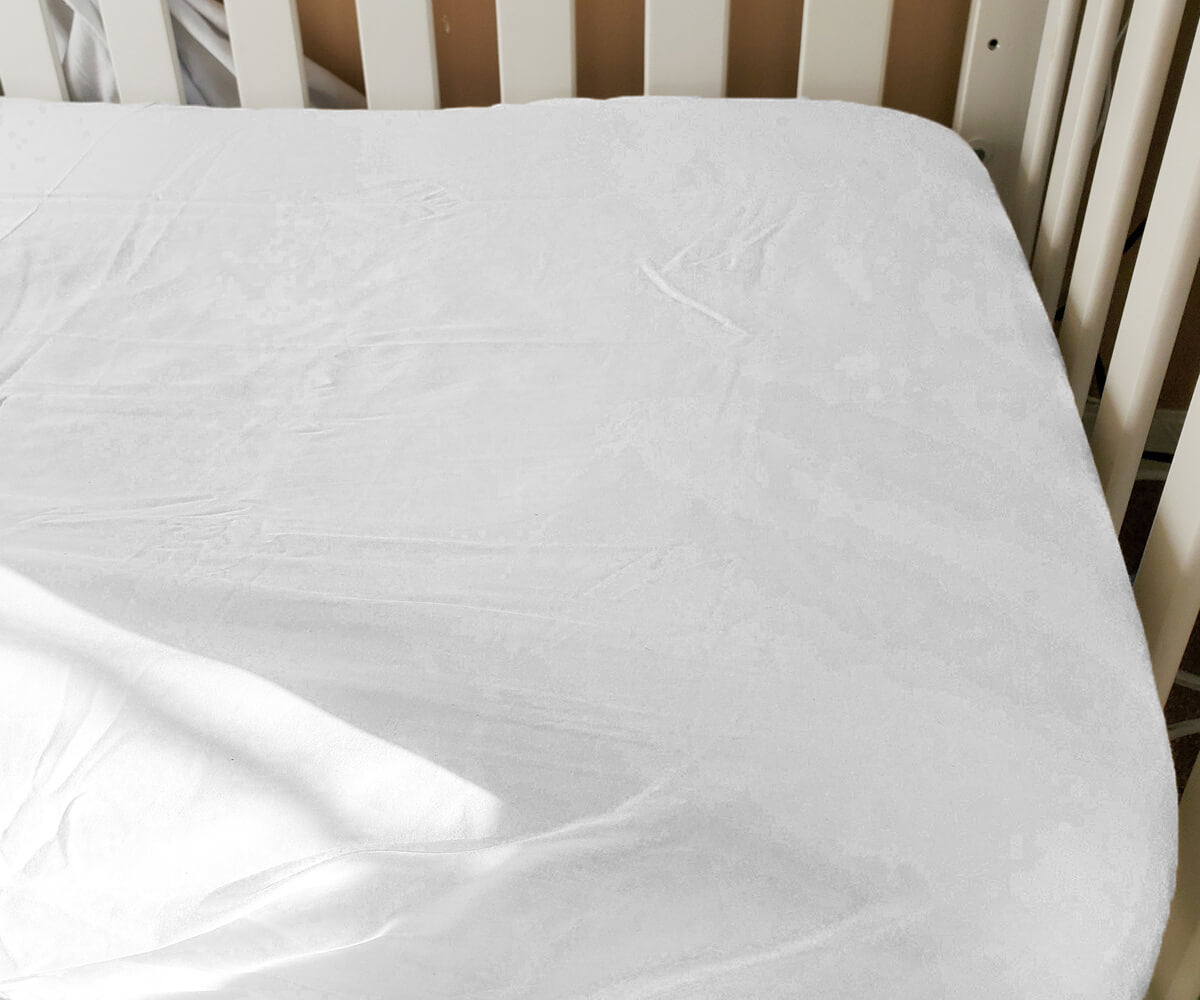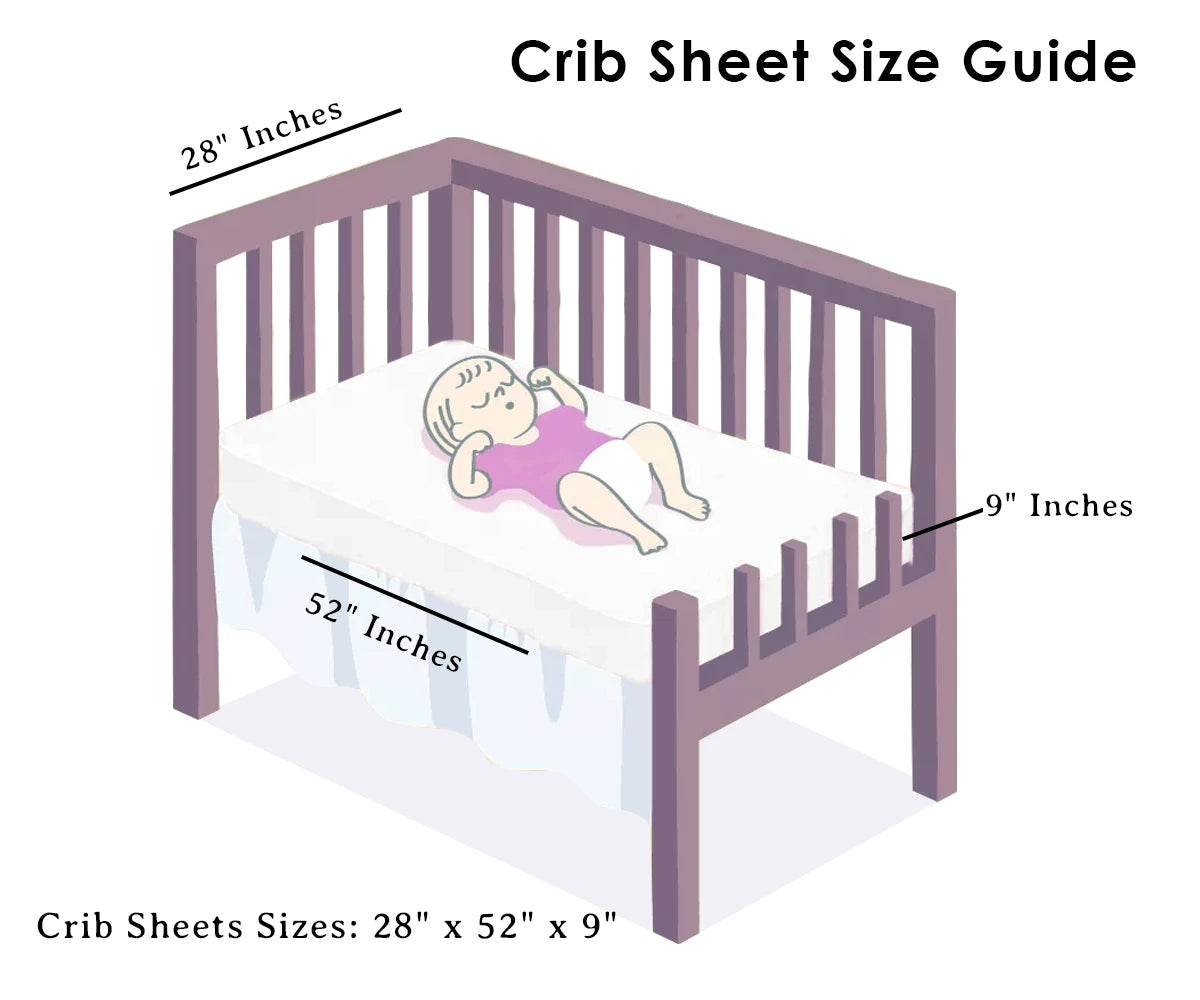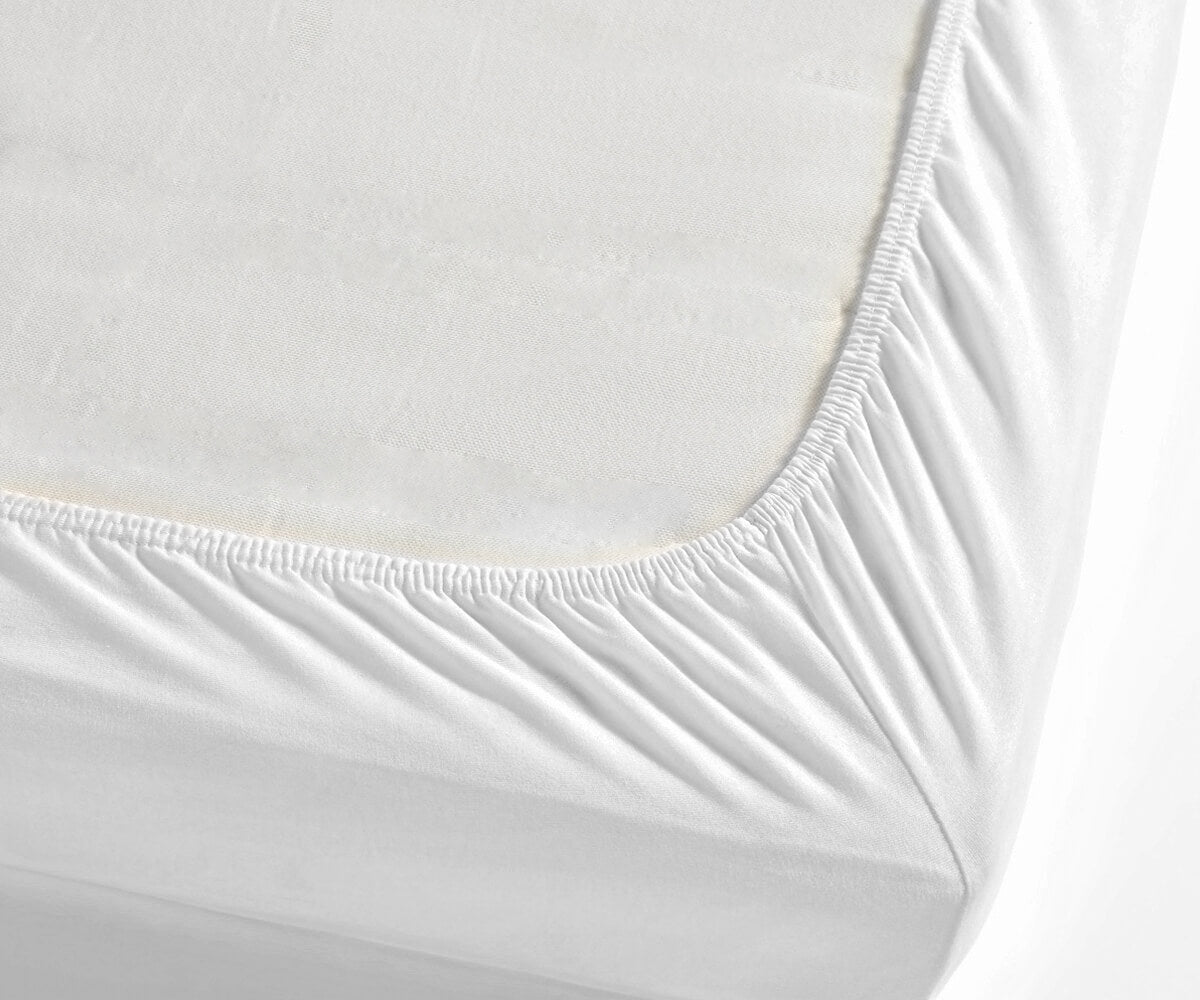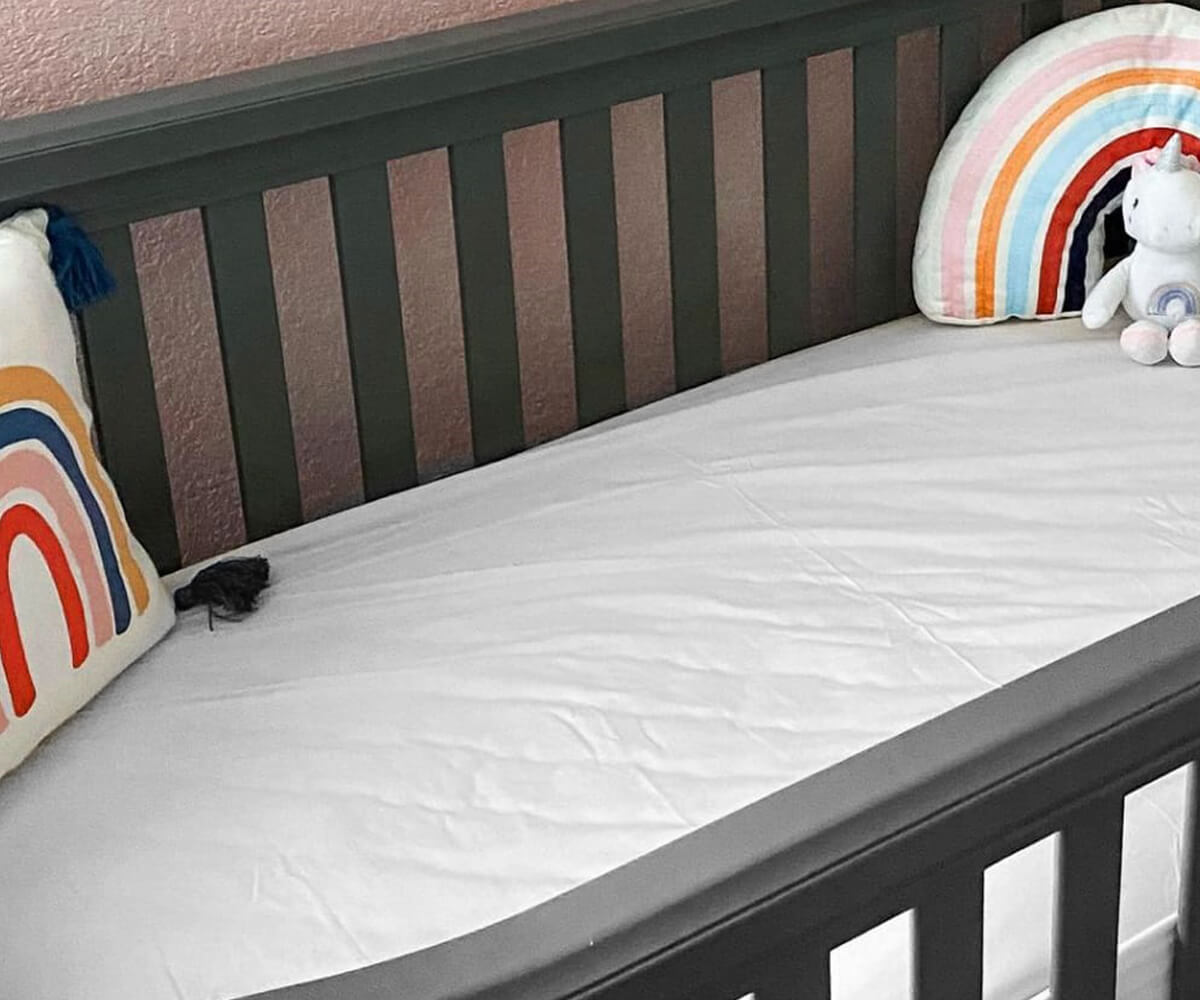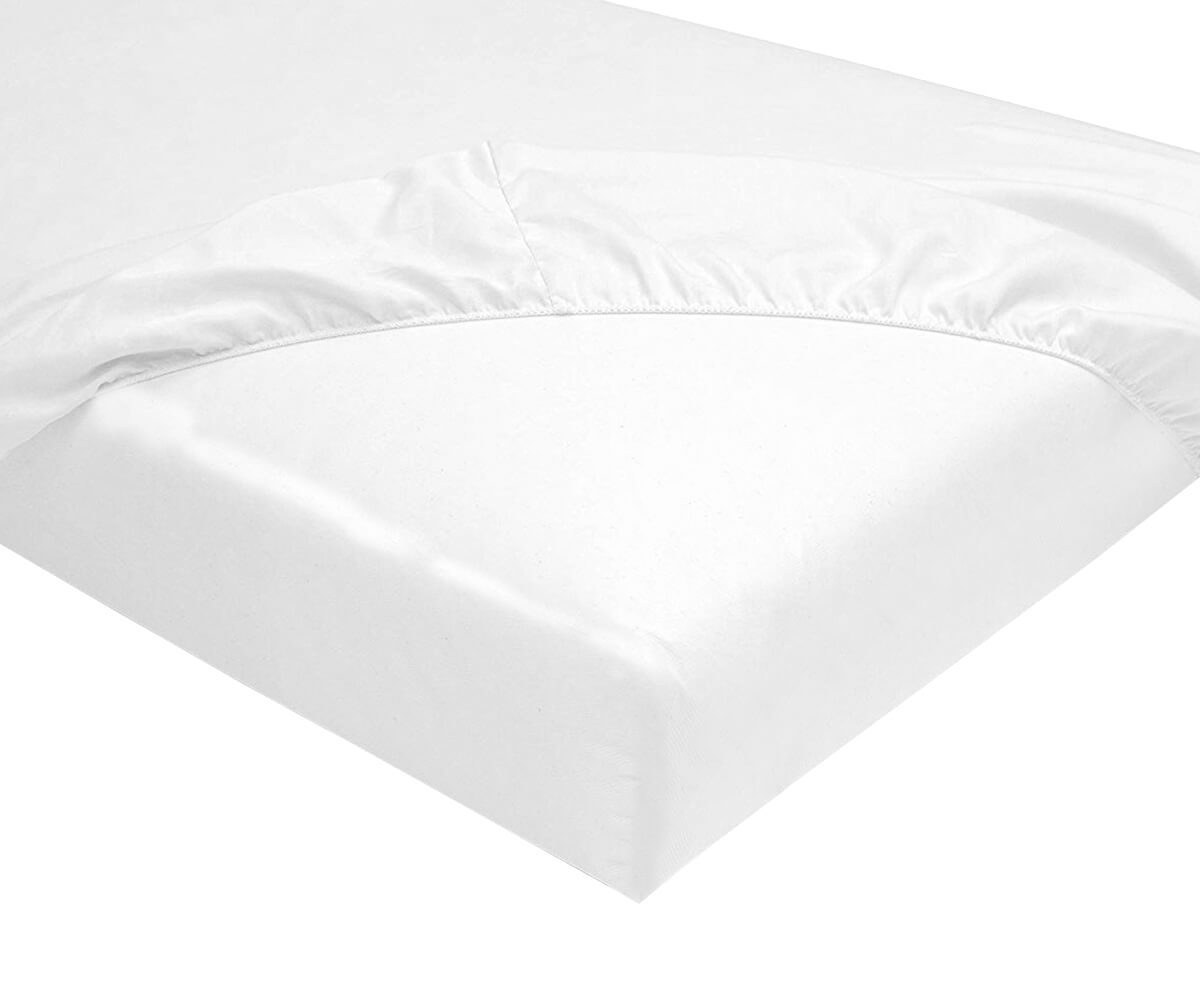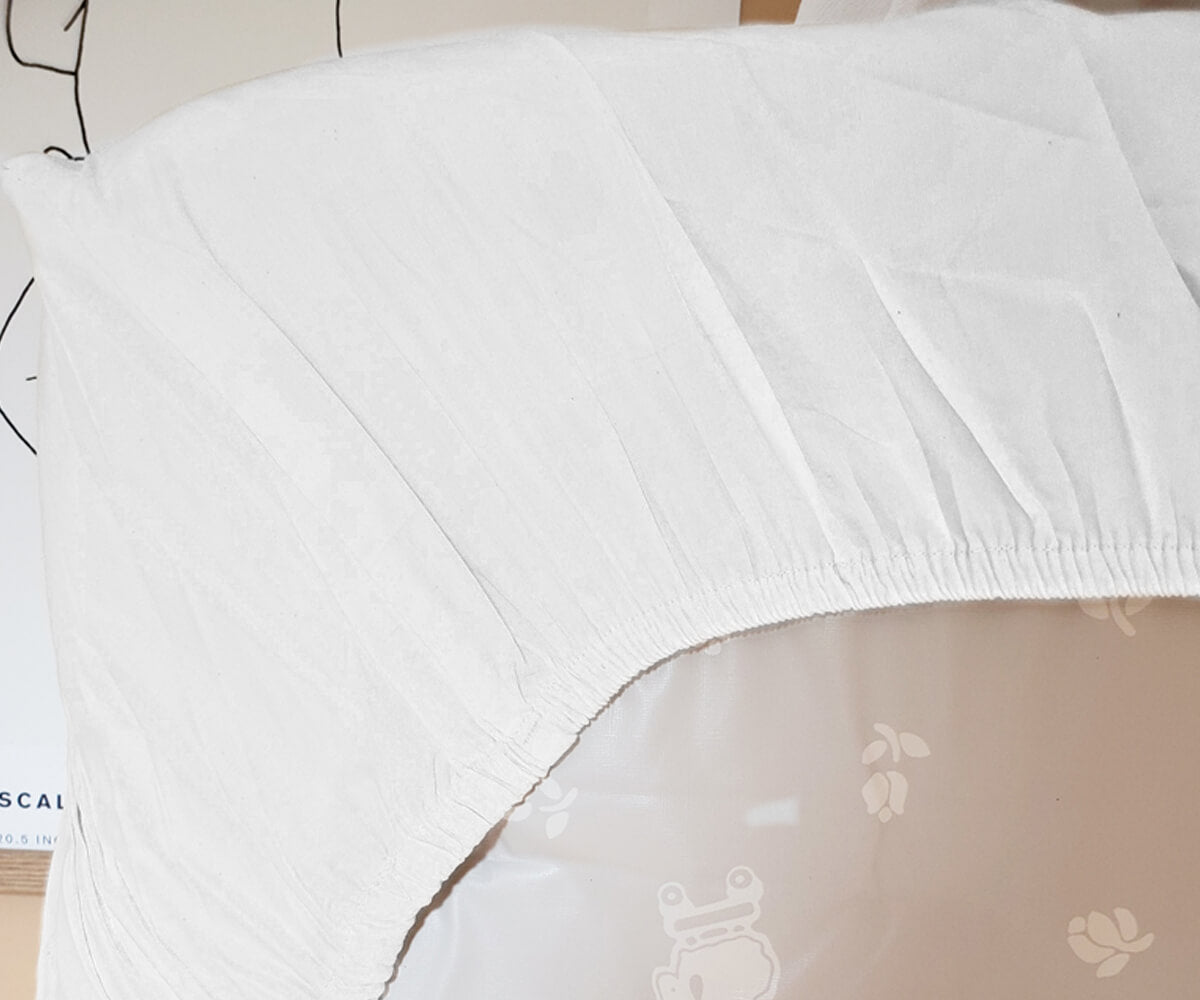1. Why Choose a Storage Bed?
Before diving into mattress types, let’s quickly discuss the benefits of a storage bed. Storage beds are ideal for:
- Maximizing Space: They are perfect for small bedrooms or apartments where extra space is a premium.
- Organizing Belongings: These beds allow you to store items neatly, reducing clutter and keeping everything organized.
- Reducing Need for Extra Furniture: With a storage bed, you might not need a bulky dresser or extra shelves, freeing up more space.
Understanding these benefits can help you see why choosing the right mattress type is essential to make the most of your storage bed.
2. Factors to Consider When Choosing a Mattress for a Storage Bed
To find the best mattress for your storage bed, it’s important to take the following factors into account:

- Mattress Weight: A heavy mattress can be challenging to lift if your storage bed has a lift-up mechanism. Lighter mattresses are more practical for these types of storage beds.
- Mattress Thickness: A thicker mattress may reduce the storage space available in your bed’s drawers or compartments. Opt for a mattress thickness that won’t limit storage access.
- Breathability: Storage beds with solid bases can restrict airflow, leading to heat retention. Look for mattresses with breathable materials to keep you cool.
- Durability: Since storage beds are usually designed for long-term use, a durable mattress will last longer and give you the best return on your investment.
Read More: What to Make for Dinner on Halloween? Spooky and Fun Halloween Dinner Recipes
3. Mattress Types Compatible with Storage Beds
a) Memory Foam Mattresses
Memory foam mattresses are a popular choice for storage beds due to their comfort and ability to conform to your body shape. They are generally lightweight, making them easy to handle if your storage bed has a lift-up mechanism.

Pros:
- Pressure Relief: Memory foam is known for excellent pressure relief, making it ideal for people with joint or back pain.
- Motion Isolation: It reduces motion transfer, meaning you won’t be disturbed by your partner’s movements during the night.
- Variety of Firmness Levels: Memory foam mattresses come in various firmness options, allowing you to choose the one that best suits your sleeping style.
Cons:
- Heat Retention: Memory foam can trap heat, which may not be suitable for hot sleepers.
- Initial Odor: Some memory foam mattresses may have a slight smell when first unpacked, but this typically dissipates within a few days.
b) Hybrid Mattresses
Hybrid mattresses combine the best of memory foam and innerspring mattresses, making them a great choice for a storage bed. They offer the support of coils along with the comfort of foam.

Pros:
- Good Support: The coils provide excellent support and durability, which can benefit people with back pain.
- Breathable Design: The coils allow better airflow, making hybrids a cooler choice compared to all-foam mattresses.
- Balanced Comfort: Hybrids offer a mix of softness and firmness, catering to a wide range of sleepers.
Cons:
- Heavier: Hybrid mattresses tend to be heavier than memory foam, making them less ideal for lift-up storage beds.
- Higher Price: These mattresses can be more expensive due to their complex design and multiple layers.
c) Latex Mattresses
For those looking for an eco-friendly option, latex mattresses are a great choice. They are made from natural materials, providing comfort and durability, making them an ideal match for a storage bed.

Pros:
- Eco-Friendly: Natural latex is a sustainable material, making it a great choice for environmentally conscious buyers.
- Responsive and Durable: Latex is known for its resilience and can last longer than most foam mattresses.
- Cooling Properties: Latex has natural cooling properties, making it ideal for hot sleepers.
Cons:
- Expensive: Latex mattresses can be pricey, especially if they’re made from natural latex.
- Heavy: These mattresses can be quite heavy, making them more challenging to lift with a storage bed.
d) Innerspring Mattresses
Innerspring mattresses are traditional mattresses with a coil support system. They are breathable and offer a lot of bounce, making them suitable for storage beds.

Pros:
- Affordable: Innerspring mattresses are often less expensive than memory foam or latex options.
- Breathable: The coil system allows air to circulate, keeping you cool.
- Good Support: They provide firm support, which can be beneficial for back and stomach sleepers.
Cons:
- Limited Comfort Layers: Innersprings may lack the plush comfort layers found in other mattress types.
- Motion Transfer: They can transfer motion more easily, which may not be ideal for couples.
e) Foldable Mattresses
If you need a mattress that you can easily store or move, a foldable mattress might be the best choice. These are especially useful if you’re using your storage bed in a guest room or a space where the mattress won’t be used daily.

Pros:
- Portable: These mattresses are lightweight and can be easily folded for storage.
- Multi-Purpose: Foldable mattresses can be used on the floor or as extra seating when not on the bed.
- Affordable: They are generally less expensive compared to traditional mattresses.
Cons:
- Less Comfortable: They may not provide the same level of comfort or support as a regular mattress.
- Limited Lifespan: Due to their design, foldable mattresses may not be as durable.
Read Related: What Are Some Ideas for Halloween Party?
4. Additional Tips for Selecting a Mattress for Your Storage Bed
Choosing the right mattress for your storage bed involves more than just looking at types. Here are some additional tips:
- Measure Your Bed Frame: Make sure the mattress dimensions match your bed frame perfectly. Most storage beds are compatible with standard mattress sizes, but it’s always good to double-check.
- Consider Mattress Height: Thicker mattresses may reduce the storage capacity. Aim for a medium-height mattress (8–12 inches) to keep your storage bed functional.
- Look for Breathable Materials: Since storage beds can restrict airflow, prioritize mattresses made with breathable fabrics like cotton or gel-infused memory foam.
- Check Warranty and Trial Periods: Many mattresses come with trial periods, allowing you to test them out before making a final decision. This can be especially helpful when selecting a mattress for a storage bed.
5. Where to Buy the Best Mattress for Your Storage Bed
There are many places to purchase mattresses, from online stores to local retailers. When shopping, it’s essential to read reviews, compare prices, and look for any special features that suit your needs. Remember to consider your specific needs and the type of storage bed you have before making a final decision. With this guide, you’re now equipped to choose the best mattress type for a storage bed, enabling you to maximize comfort and storage in one go.
Also Read: What Order Do Sheets/Pillowcases Go On? How to Arrange Them
6. Choosing the Right Mattress for Your Storage Bed
Picking the best mattress for a storage bed depends on several factors, including weight, thickness, breathability, and your comfort preferences. Whether you opt for a memory foam, latex, hybrid, or innerspring mattress, the key is to ensure it complements your storage bed’s design while offering a comfortable sleeping surface.

You can also shop for quality bedding and other home essentials online. For example, if you’re interested in finding sustainable home textiles, check out All Cotton and Linen. They offer a variety of kitchen towels, table linens, cloth napkins, sustainable grocery bags, beddings, and tablecloths. These products are perfect for creating a cozy, eco-friendly home atmosphere.



